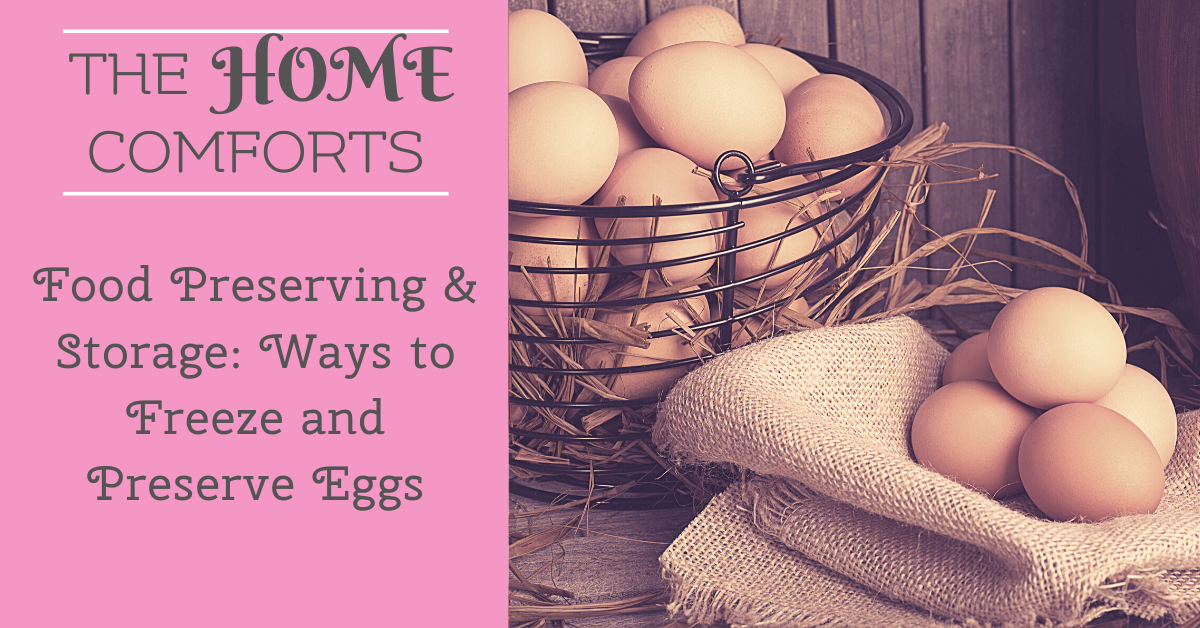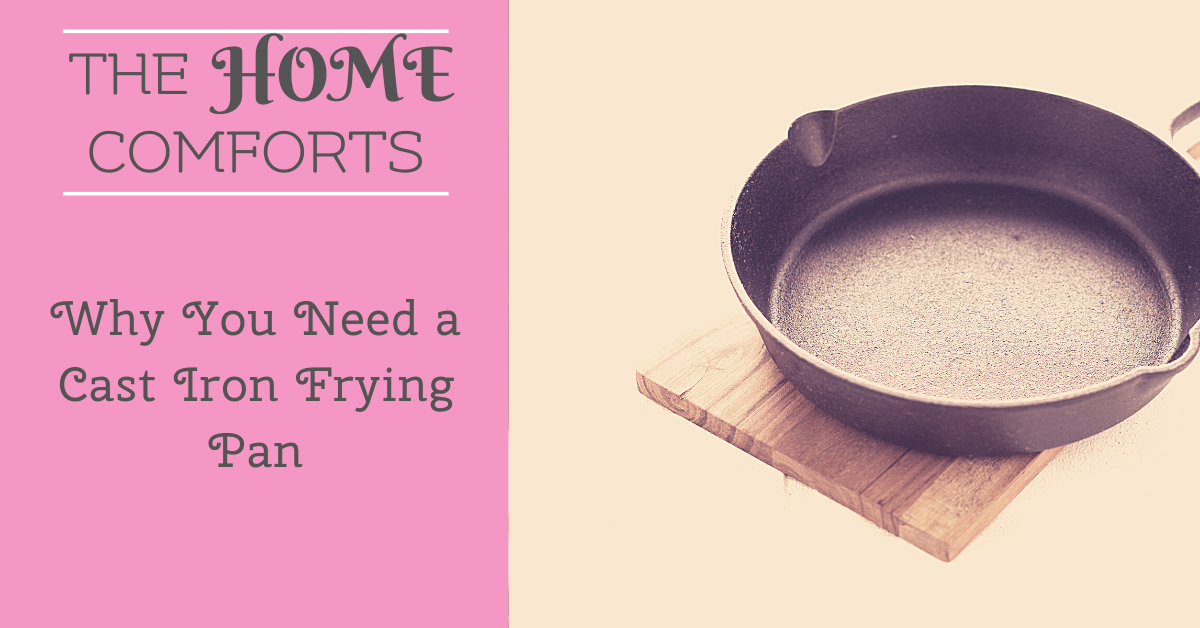Do you have a tendency to buy eggs at the grocery store, but then end up throwing them away because you don’t use them all before their expiration date?
If so, freezing is the perfect option for you!
Here are some ways to freeze and preserve your eggs so they can still be used.
Eggs Need to Be Removed From the Shell
If you are going to freeze your eggs, the first thing you need to know is that the eggs must be removed from their shells first.
You won’t be able to thaw and cook eggs if they are frozen in the shell, and the shell will most likely crack.
Below, you will get a few different ways you can freeze your eggs after they have been removed from the shell.
Freezing Scrambled Eggs
An easy way to freeze eggs is by cracking them in a bowl, then lightly scrambling.
You don’t need to scramble completely, just enough to break the yolks and mix a little into the egg whites.
Scramble the eggs in a bowl, then either transfer to a freezer container or bag, or add them to trays that can then be frozen.
You can also add other items to the scrambled eggs before freezing them, like onions or peppers, grated cheese, bacon or ham.
It will all defrost together and make it much easier to cook.
Freeze Eggs in Muffin or Ice Cube Trays
For access to a smaller amount of eggs at a time when you pull them from the freezer, using muffin tins or ice cube trays is a great option.
You can either crack each egg into a separate muffin tray, or you can scramble them first them put them in the muffin tins.
Make sure you are greasing it first, or they are going to be hard to remove even while frozen.
Many people like to crack the egg directly into the muffin tin, as it makes it easier to heat up as a fried egg.
Cooking Before Freezing
Your last option for freezing eggs is to actually cook them before you freeze them.
You can still do this in muffin trays, or cook a bigger batch of scrambled eggs before you freeze them.
Make little egg muffins, then freeze them right in the pan, and you have individual servings of eggs for sandwiches or a quick on-the-go breakfast option.
Dehydrating Eggs
Yes, if you have a dehydrator, you can actually preserve eggs in it.
You can either separate the whites and yolk, to dehydrate separately, or dry them whole.
Crack the eggs into a bowl and beat them all together, or beat the whites in one bowl until stiff peaks form, and the yolks in another until they become thick and foamy.
Line the dehydrating tray with greaseproof paper so you can tip the liquid egg onto the tray (many dehydrator trays have holes in to allow airflow).
The thinner the egg layer, the quicker it will dry out, so use multiple trays instead of putting as much as possible into one.
Set the dehydrator temperature to about 57-63 degrees C (135-145 degrees F) and dry the egg until it is actually completely brittle.
Using a food processor or pestle and mortar, pulverise the brittle, dehydrated egg into a fine powder, and store in a sterilised, dry, airtight jar.
Stored in a cool, dark place, they should be good for a few months up to 2 years.
To reconstitute the eggs, mix 1Tblspn to 2Tblspn (15 to 30 mls) of warm water with 2Tblspns (30mls) powdered eggs, stir for 5 minutes or until they thicken.
They should be able to be used as normal eggs, although you won’t be able to have fried eggs with dippy yolks using this method!





